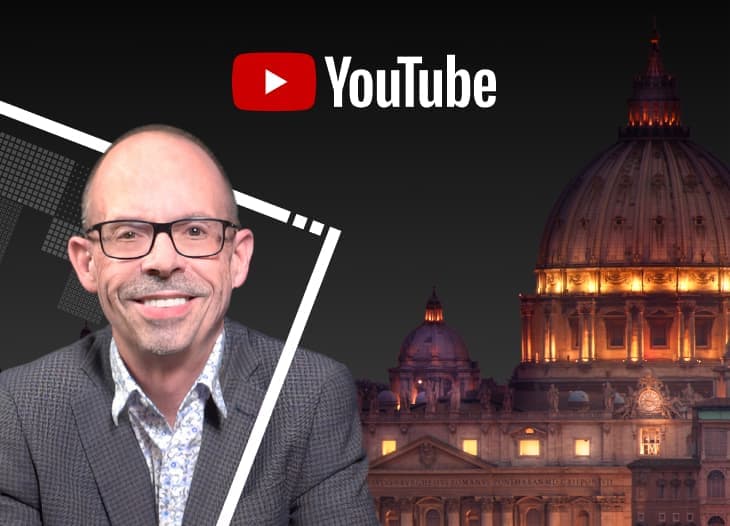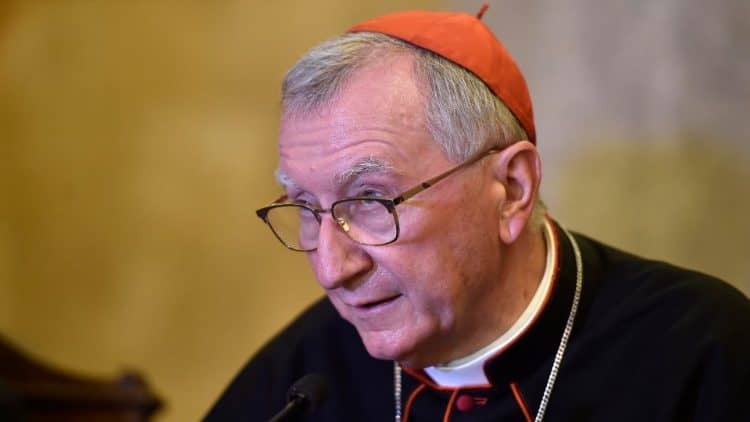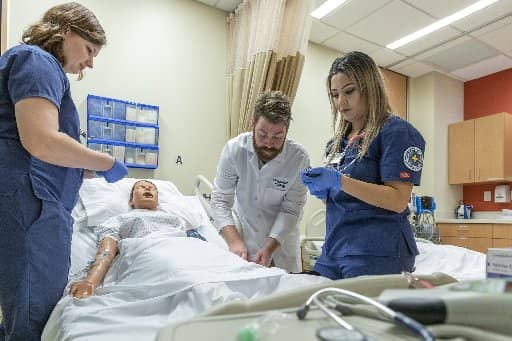ROME – As Pope Francis continues to press his campaign for financial reform in the Vatican, a new reminder of why the campaign for transparency matters has arisen with a mystery surrounding an extensive art collection left behind by an elderly monsignor who died over the holidays.
The body of Italian Monsignor Michele Basso was discovered in his Vatican apartment on Jan. 6, the feast of the Epiphany, believed to have been the victim of a cardiac arrest related to advanced age. Basso had served as one of 24 canons of St. Peter’s Basilica, meaning senior clergy who celebrate Masses and lead prayers at the basilica.
Basso was also an avid art collector, and therein lies the tale. Some years ago, Basso bequeathed to the Fabbrica of San Pietro, the administrative office for the basilica, 30 fireproof containers which hold a vast treasury of roughly seventy paintings, sculptures and other precious objects, mostly on religious themes, the market value of which has never been assessed.
The collection also contains a finely executed copy of the famous “Euphronius Krater,” an ancient Greek terracotta bowl that had been illegally excavated from Italy in 1971 and held by the Metropolitan Museum of Art in new York until it was repatriated in 2008. The copy in Basso’s collection supposedly was made in the early 19th century, but since the original was lost at that point, it’s not clear how a copy could have been made – leading some to speculate that perhaps Basso’s version actually is the original.
Since Basso transferred ownership of the collection, the containers have sat in a locked storeroom under the main dome of St. Peter’s Basilica gathering dust, amid questions about ownership and provenance. It’s not clear how Basso obtained the works, but clearly his modest stipend as a canon wouldn’t have been enough to fund such acquisitions.
Over the years Basso always insisted that the items had been legally acquired in regular fashion, mostly through gifts, but didn’t provide any details according to media reports.
According to the Italian newspaper Il Messaggero, a police investigation had been opened in the early 2000s but was closed without any charges or conclusions about how Basso acquired the collection.
Asked by Messaggero about it in 2021, Basso’s replies were cryptic.
“I donated everything to the Fabbrica di San Pietro,” he said. I’m not the owner anymore. I don’t know anything more.”
Pressed about how he’d acquired the collection, Basso said only: “It’s like having a lot of shoes in your closet. Some of them were bought, others were gifts.”
It will now fall to authorities at the basilica, and also in the Vatican’s Secretariat of State, to decide what to do with the collection. Two years ago Pope Francis ordered an inspection of the management of St. Peter’s Basilica, but it’s not clear whether the Basso collection was part of that review.
In the meantime, the mayor of Cerveteri, a town that makes up part of the greater Rome metropolitan area and that’s home to the Etruscan graveyard where the original Euphronius Krater was discovered, has asked that Basso’s copy also be turned over to the town’s museum.
“Cerveteri has always been home to extraordinary artists capable of reproducing the most complex techniques of Etruscan art, and it’s not a stretch to hypothesize that the author of this reproduction was one of ours,” said Mayor Elena Gubetti.
“It would be beautiful to enrich this patrimony with a work like the reproduction of the Euphronius Krater in Monsignor Basso’s possession,” Gubetti said.














